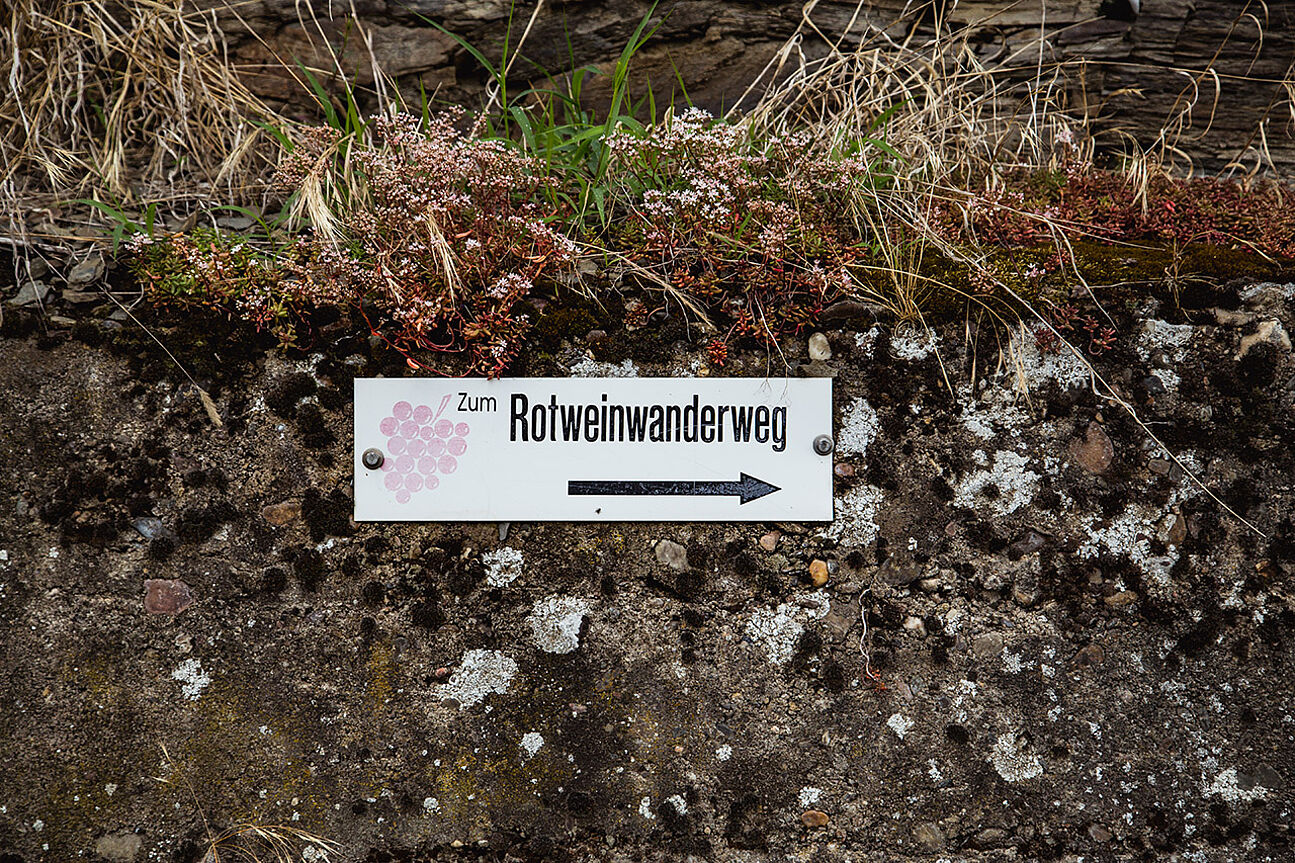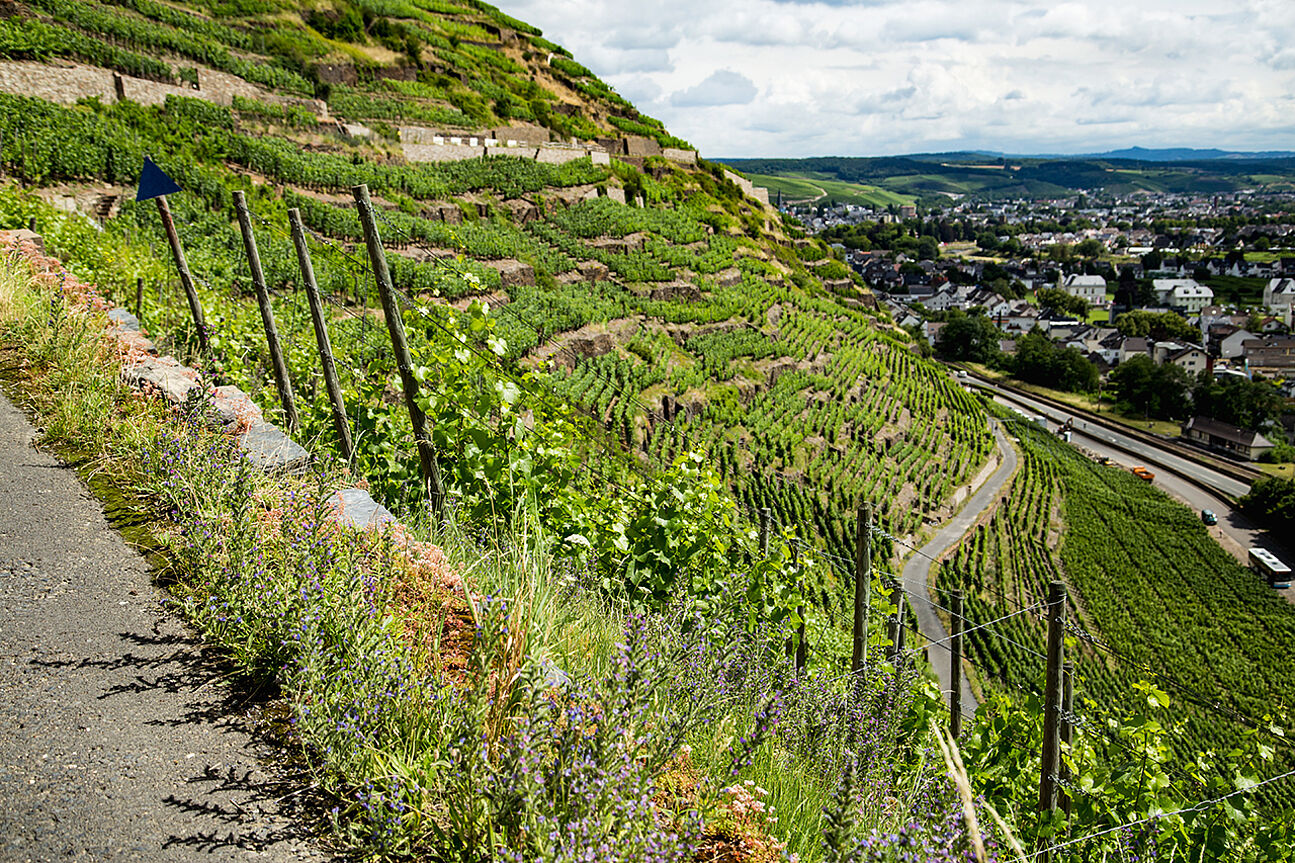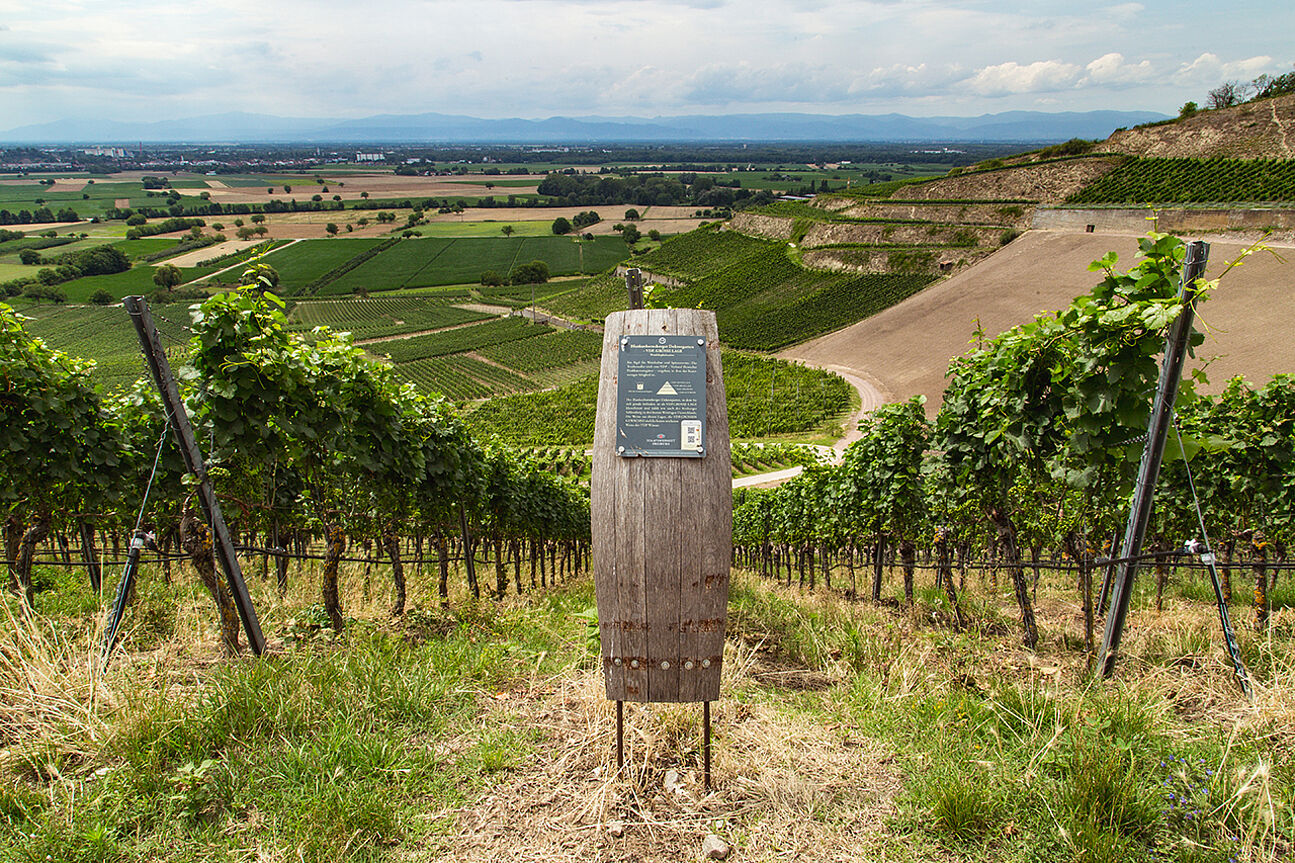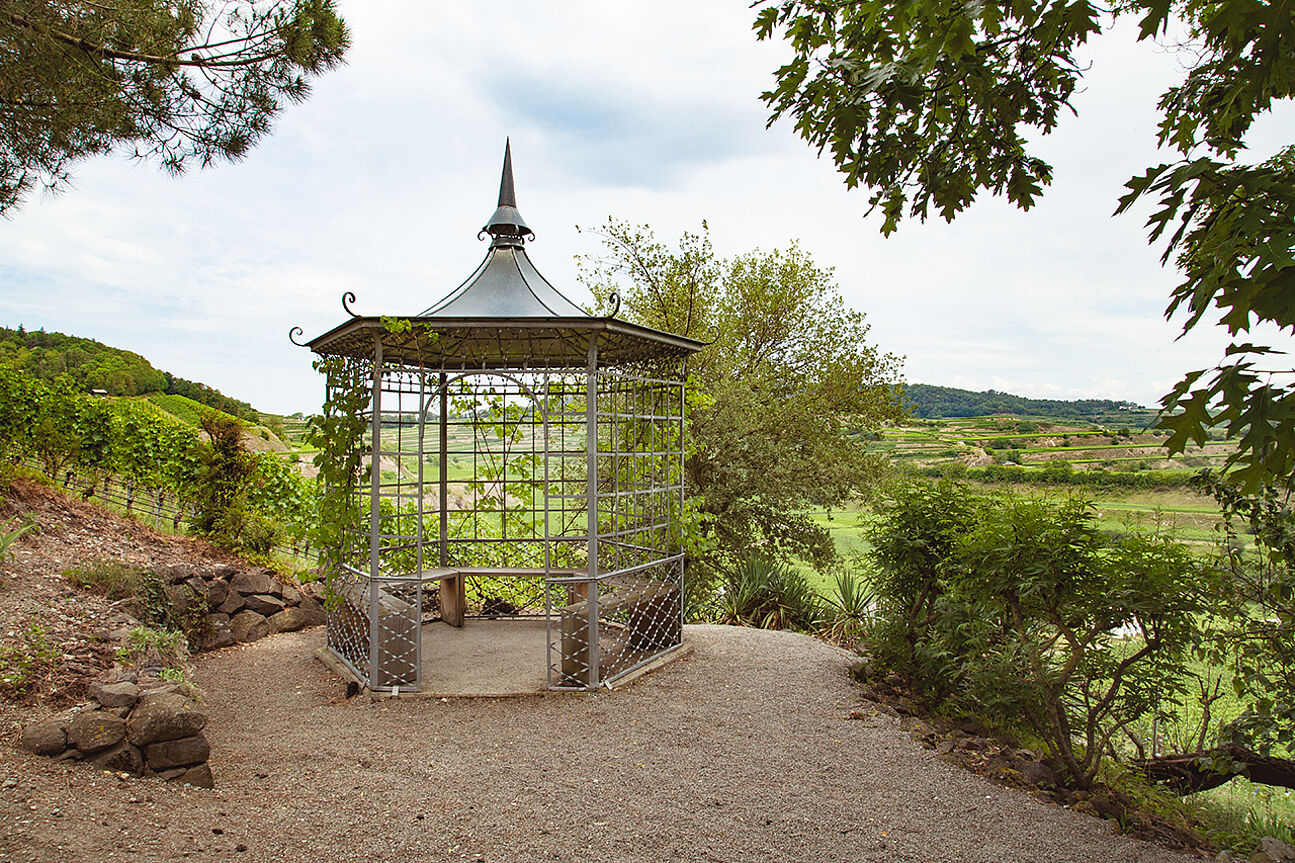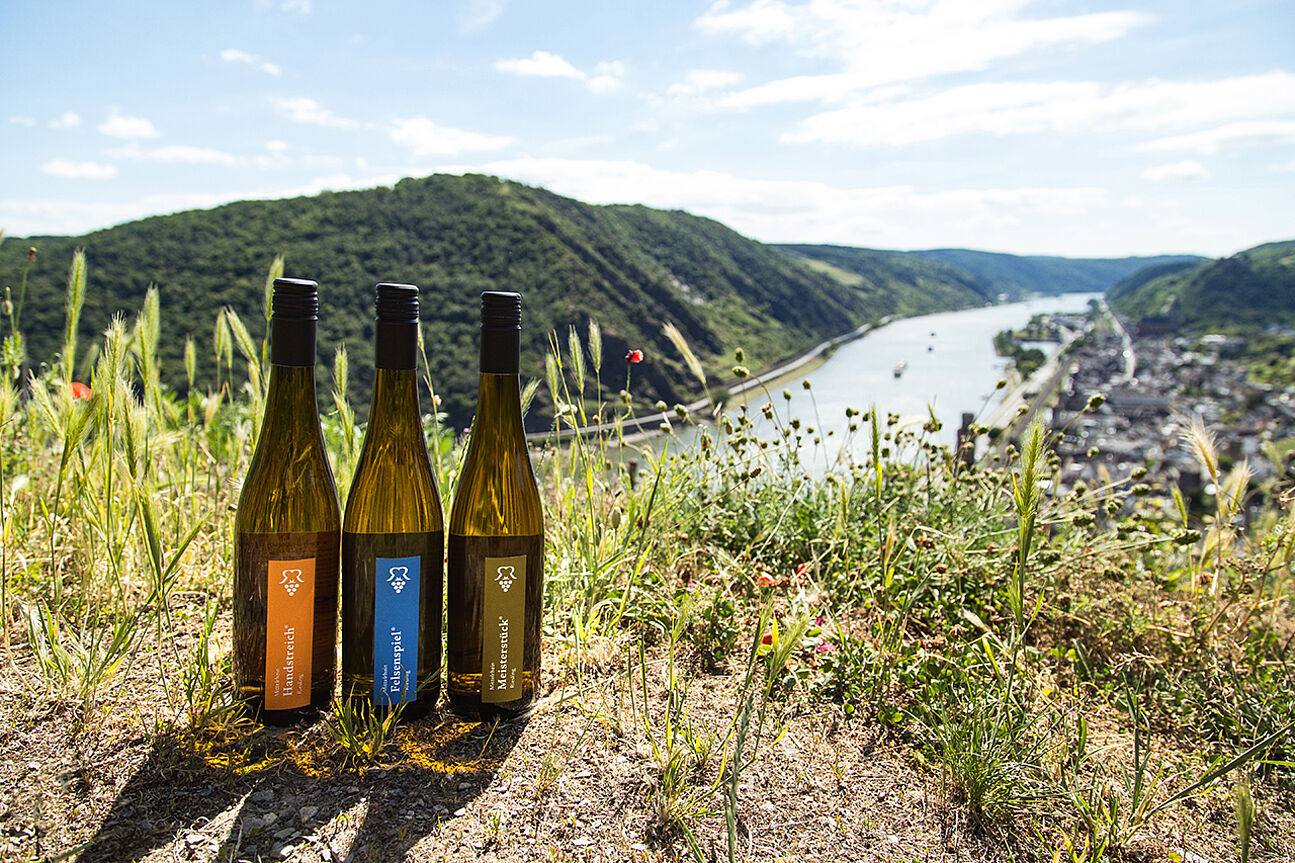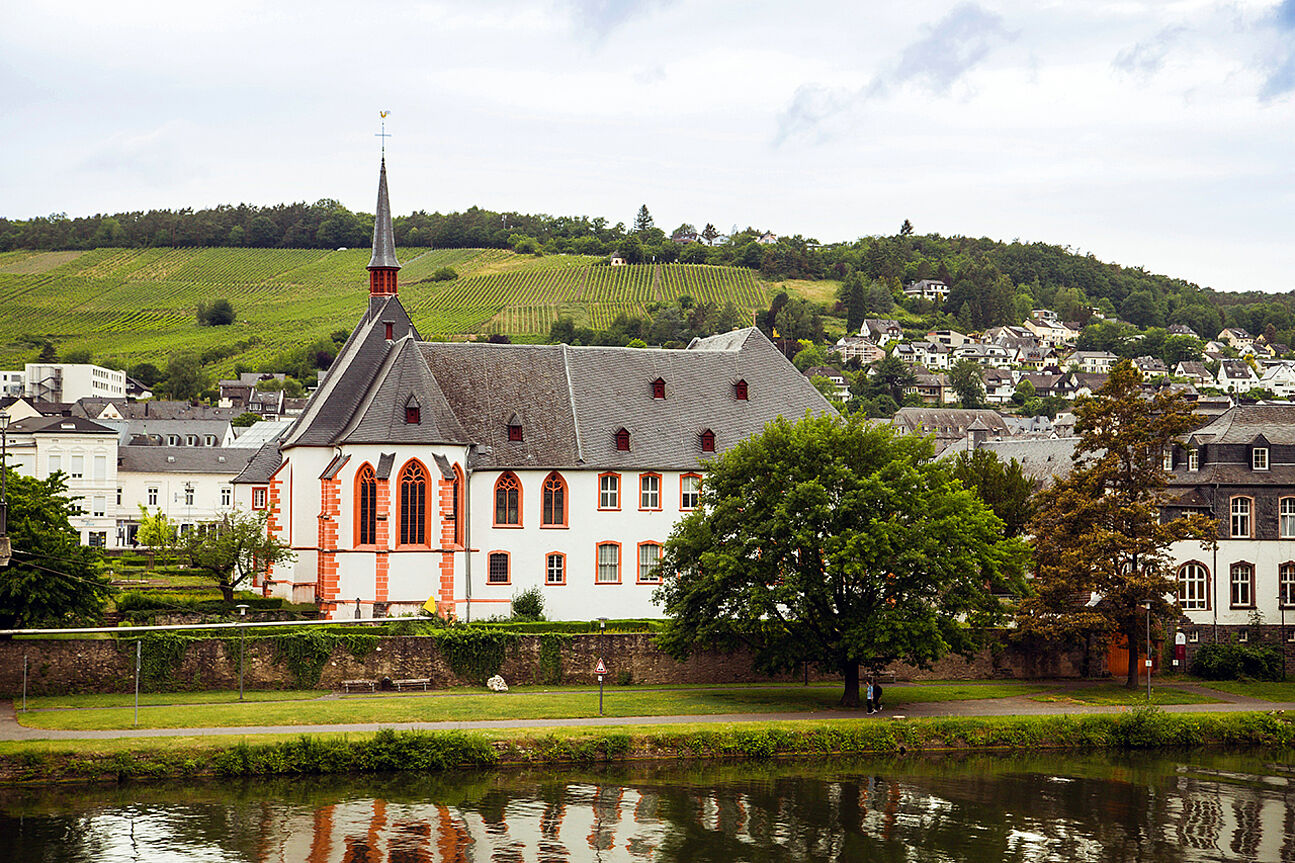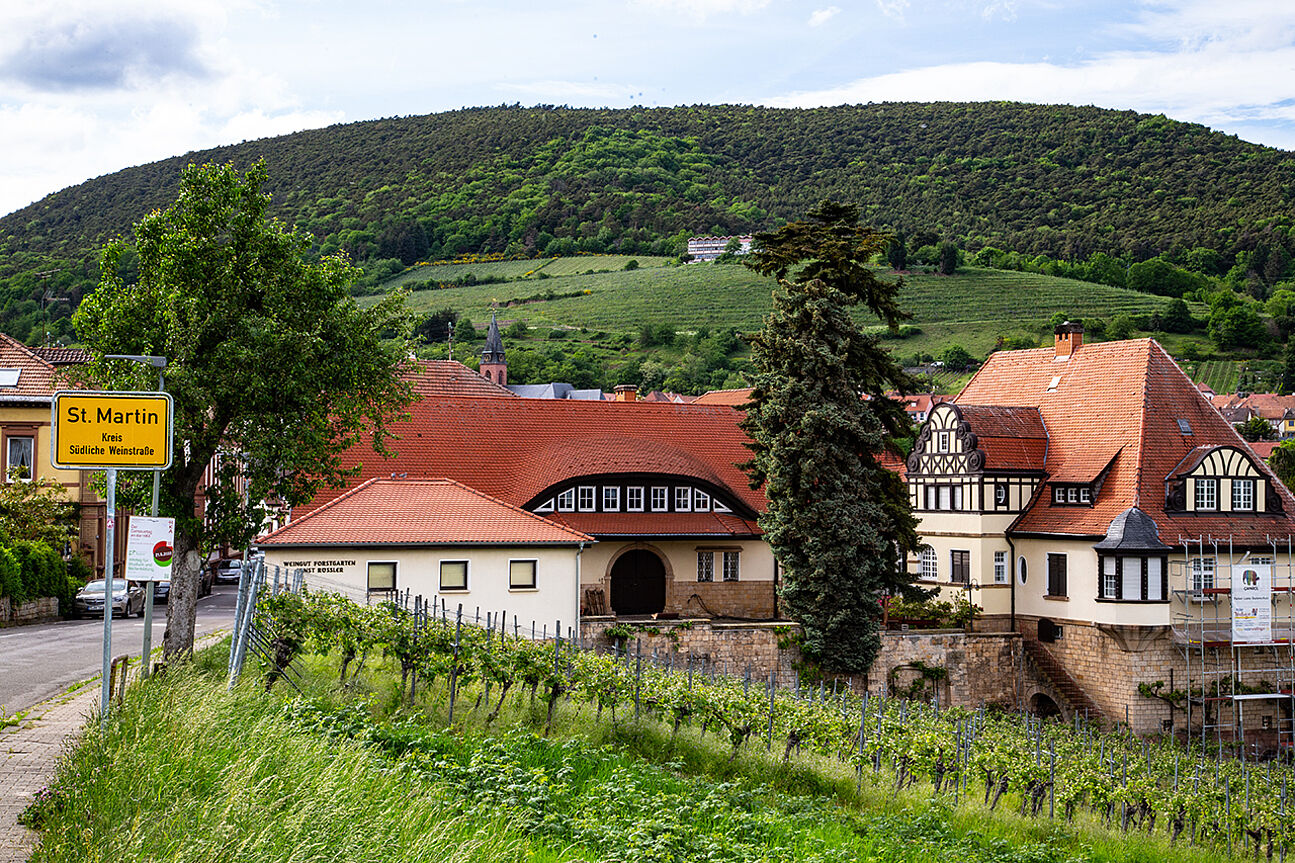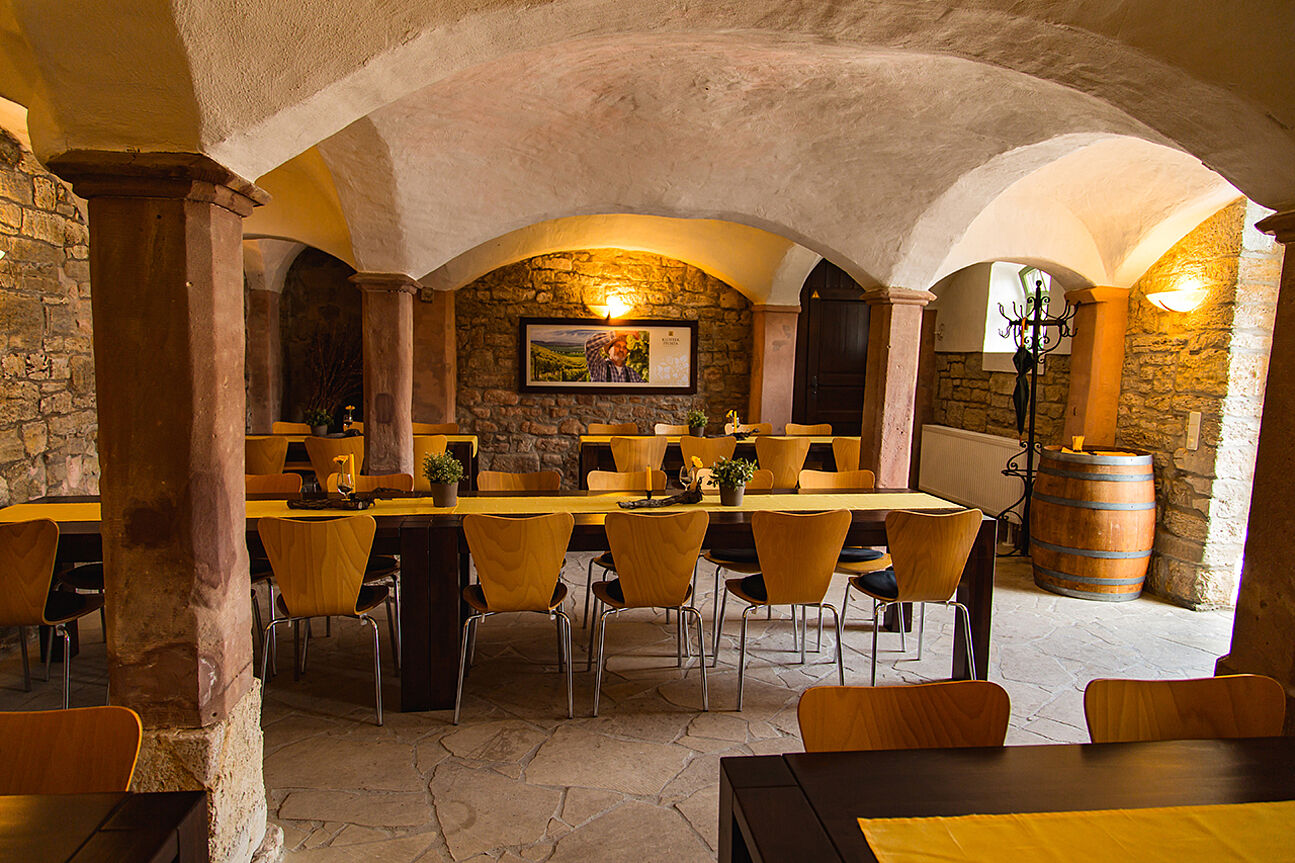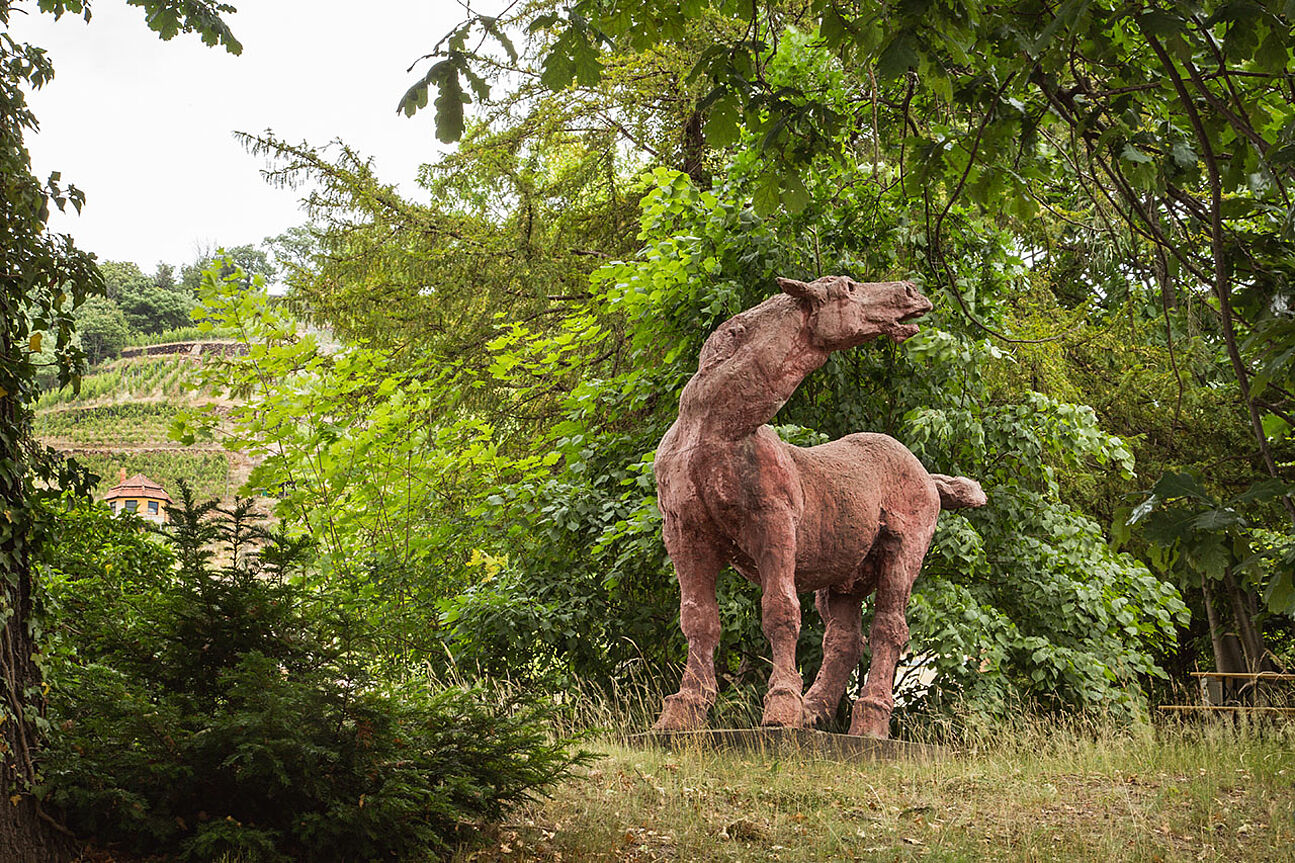The German Wine Institute (DWI) recently awarded the “Landmarks of Wine Culture” distinction to 14 new destinations across almost all of Germany’s 13 winegrowing regions. These landmarks are honored for documenting the history and tradition of wine growing in an impressive way.
This is the third time that the DWI has presented these awards, first in 2010 and again in 2013, in effort to raise public awareness of wine cultural diversity in Germany and promote domestic wine tourism.
“The newly awarded landmarks express the wine culture of the respective regions in a special way and are intended to serve as attractive destinations, especially for tourists interested in culture,” explained DWI Managing Director Monika Reule at the award ceremony in Bernkastel-Kues.
At A Glance: The 14 Landmarks
Over 50 proposals were submitted by regional wine promotion agencies across Germany’s wine regions. An independent jury of experts from the fields of tourism, history, culture and wine selected the 2022 Landmarks of Wine Culture after much deliberation.
This year’s award-winners vary widely, representing 11 wine-growing regions and ranging from grand vineyard landscapes to monuments to wineries with an exceptional heritage of wine culture.
To learn more about each award-winning landmark, visit the individual links below and view all awarded destinations from 2010, 2013, and 2022 on the DWI’s website here.

